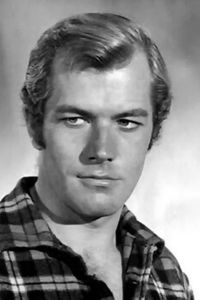Marguerite Courtot, a radiant and captivating individual hailing from the Garden State of New Jersey, embarked on a transformative journey at the tender age of 12 in the year 1909, when she was sent to a prestigious European convent to receive a rigorous education.
As she spent her formative years abroad, Marguerite's physical and inner beauty blossomed, and by the time she returned to the United States, she had evolved into a stunning young woman, exuding an aura of elegance and sophistication.
Upon her return to her native land, Marguerite's striking features and captivating charm did not go unnoticed by the top photographers of the time, who eagerly sought her services as a model.
In no time, the burgeoning film industry, which was then largely based in New Jersey, took notice of Marguerite's exceptional beauty and offered her a multitude of roles, catapulting her to stardom and cementing her status as a beloved and enduring Hollywood icon.
Marguerite's mother had always envisioned a future for her daughter that was rooted in academia, yearning for her to complete her education before venturing out into the world. However, fate had other plans, as Marguerite's striking beauty and undeniable talent eventually took center stage, propelling her towards a career in the film industry. It was in 1912 that she first set foot in a local New Jersey studio, where she began to make her mark by taking on small parts in various productions. Within a remarkably short span of just one year, Marguerite's hard work and dedication paid off, as she transitioned from her early days as an extra to starring roles, showcasing her impressive range by excelling in comedic parts, yet simultaneously displaying a preference for the action-packed and dramatic films that showcased her versatility as an actress.
Marguerite's career was gaining momentum by the year 1915, as she began producing serials for the renowned Kalem film production company. By the time the global conflict known as World War I erupted, Marguerite had already established herself as a prominent figure within the burgeoning film industry.
As the war raged on, Marguerite, in a display of patriotism and commitment to the greater good, temporarily suspended her acting career to embark on a nationwide tour. The primary objectives of this tour were multifaceted, as Marguerite sought to contribute to the war effort by actively promoting the purchase of war bonds and savings stamps.
Marguerite's cinematic journey resumed in 1918, as she took on the poignant role of a Belgian refugee in the film The Unbeliever. This marked the beginning of a collaborative partnership with actor Raymond McKee, who would later become her husband. The duo's on-screen chemistry was undeniable, and they would go on to share the spotlight once more in the 1922 production of Down to the Sea in Ships.
Marguerite, a renowned filmmaker, persisted in her creative endeavors throughout the 1920s, as she continued to captivate audiences with her cinematic masterpieces.









